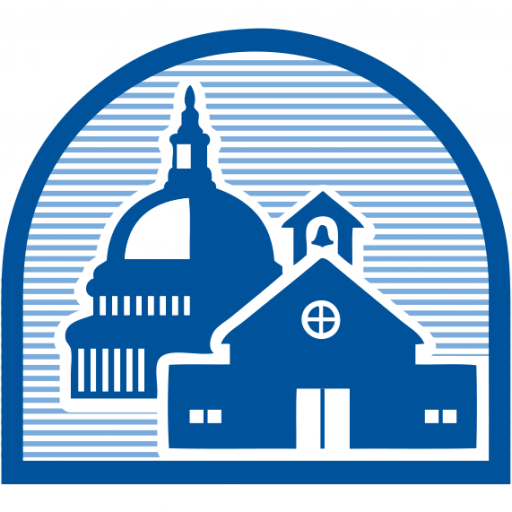Student Loan Debt Q: Which student loan payment plan allows you to stick with one monthly payment amount until your loans are repaid?
- Income-based repayment
- Pay As You Earn
- The standard 10-year repayment plan
Q: Where can student borrowers find out how much and what kind of federal loans they’ve borrowed?
- A college’s net price calculator
- The National Student Loan Data System
- Their tax return
Q: A student borrower’s monthly loan payments eat up one-quarter of her paycheck, and she works in a public service job. What might be the best repayment option for her?
- Public Service Loan Forgiveness
- Entering forbearance
- Income-contingent repayment
Q: The Pay As You Earn plan caps payments at __ percent of discretionary income and forgives remaining debt after __ years.
- 5.5 percent, 15 years
- 8 percent, 10 years
- 10 percent, 20 years
ISIS – Syria Q: The Syrian population is about 90% Muslim, mostly from which sect?
- Kurd
- Shia
- Sunni
Q: Syria gained independence from French control in what year?
- 1872
- 1946
- 1957
Q: In March 2013, ISIS took over which Syrian city?
- Raqqa
- Damascus
- Mosul
Q: In what year did Abu Bakr al-Baghdadi, the leader of ISIS, change the name of his group from ISI to ISIS to include Syria?
- 2001
- 2013
- 2011
(Note: Answers are in Bold Type.)


